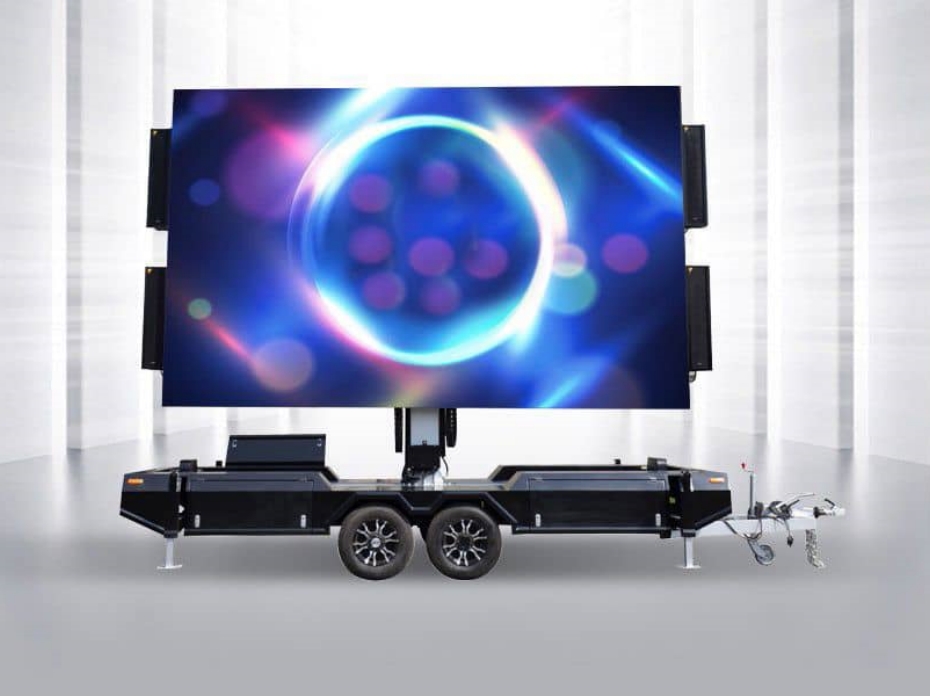According to forecasts from international institutions, the global automotive market is expected to grow by 39% over 15 years, from 2001 to 2014. During this period, gasoline vehicles are projected to increase by 23%, while diesel vehicles are anticipated to rise by a significant 97%. This rapid growth highlights the increasing importance of diesel technology in the global automotive landscape.
One of the key reasons for the rising popularity of diesel vehicles is their superior fuel efficiency and ability to meet strict emission standards. As a result, many countries—especially those in the European Union, the United States, South Korea, and India—have recognized the value of diesel technology and have implemented policies to support its development.
Firstly, these nations have emphasized diesel technology as a core part of their energy-saving strategies. For example, the EU has consistently promoted the advancement of both diesel and gasoline technologies to enhance the efficiency of conventional vehicles. This dual focus ensures that traditional fuels remain viable in the face of growing environmental concerns.
Secondly, governments have introduced fuel tax policies to make diesel more attractive. In many EU countries, diesel is taxed less than gasoline, resulting in lower prices for consumers. In South Korea, for instance, diesel costs about 75% of what gasoline does. Although diesel vehicles tend to be 10% to 15% more expensive upfront, their lower operating costs have led to strong early adoption rates.
Thirdly, several countries have offered tax incentives or subsidies to promote diesel vehicle ownership. For example, between 2006 and 2010, buyers of diesel cars in certain regions could receive up to $3,400 in tax rebates. Similar policies have been applied to other types of vehicles, with different countries tailoring their approaches based on local conditions and priorities.
In China, the current share of diesel vehicles in the total car population stands at 23.7%, but only 0.2% of all vehicles are diesel-powered. In the first quarter of 2005, diesel vehicles accounted for just 3% of newly registered passenger cars—far below the 50% seen in the EU. Given this gap, China’s automotive energy strategy should embrace technological diversity, focusing on improving the efficiency of traditional fuel vehicles while also advancing both diesel and gasoline engine technologies.
Moreover, it is essential to invest in alternative fuels and new energy vehicles, including hybrid, electric, and other emerging powertrain systems. Advanced diesel engine technology, in particular, offers a practical and mature solution for reducing fuel consumption and emissions without requiring extensive infrastructure changes.
It's important to distinguish advanced diesel technology from older, less efficient models. The future of diesel lies in cleaner, more efficient engines that work in tandem with improved fuel quality. Experts predict that by 2010, 2015, and 2020, the share of advanced diesel passenger cars in China could rise from 0.2% to 5%, 15%, and 30%, respectively.
To achieve this, China needs to implement supportive policies. For instance, the "Eleventh Five-Year" plan for the automobile industry should explicitly encourage the development of advanced diesel vehicles. Currently, many regions impose restrictions on diesel use, and there remains a general misunderstanding about modern diesel technology. Most manufacturers are hesitant due to unclear policy directions.
The central government should take a proactive role in promoting advanced diesel vehicles, helping to eliminate outdated perceptions and local regulatory barriers. With the right approach, diesel technology can play a crucial role in China’s sustainable transportation future.
Mobile LED Trailer
The Mobile LED Trailer is ideal for large, medium and small events, has the right of way, and can be easily transported on the road, the Mobile LED Trailer has portability, mobility, and versatility.
Driving: This parking space traction LED screen trailer, which has no driving power, is towed by special vehicles.
LED screen lifting: using multi-stage guide column and multi-stage hydraulic cylinder hydraulic lifting, lifting stroke
3000mm.
1 Hydraulic station box, 1 electric control box and 1 12V power unit.The hydraulic action is operated by electric
button handle or wireless remote control.
The front end of the drag bar is equipped with a small universal wheel, which can adjust the pulling height and rotate
360° after lifting the screen.
Chassis is eauipped with 4 hand support legs. and the front end is eauipped with a 50mm traction cover
Flat plug, lamps, safety chain, delay brake, wheel shield.
The Mobile LED Trailer MULTIPLE AUTHORITATIVE QUALITY AUTHENTICATION EVENTRANSFORMERS have got CE, DOT certificate for Europe and USA market. And the ISO9001 international quality system certificate , ISO14001 environment system certificate , OHSAS18001 occupational health and safety certification system. 10000+ Mobile Stages BUILT EXPERIENCES SALE TO 20+ COUNTRIES During the past twenty years, 
Mobile Led Trailer,Mobile Led Giant Screen Trailer,Mobile Display Led Trailer,Mobile Vehicle-Mounted Led Screen Trailer
EVENT TECH TRANSFORMERS CO.,LIMITED , https://www.crusadetruck.com

